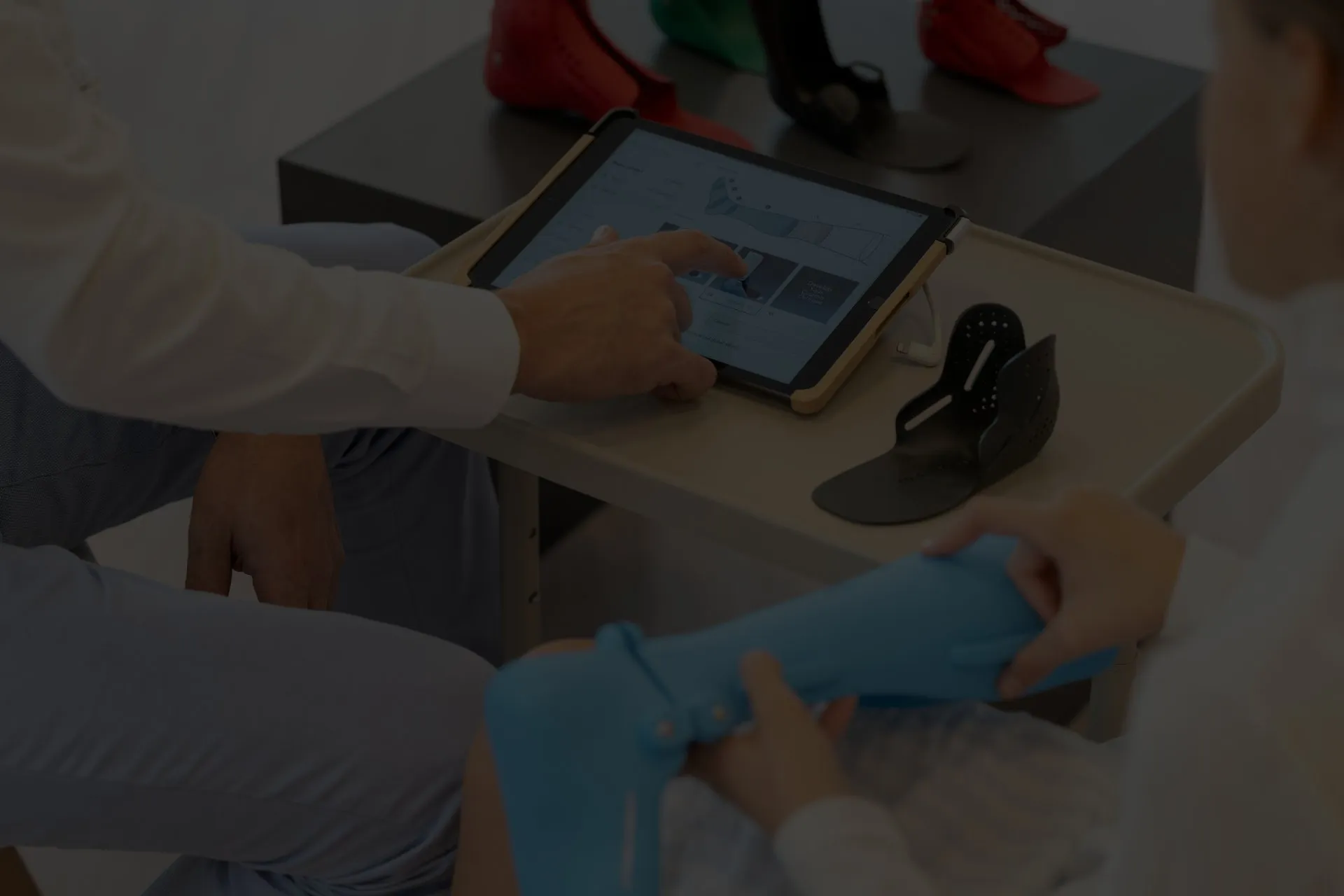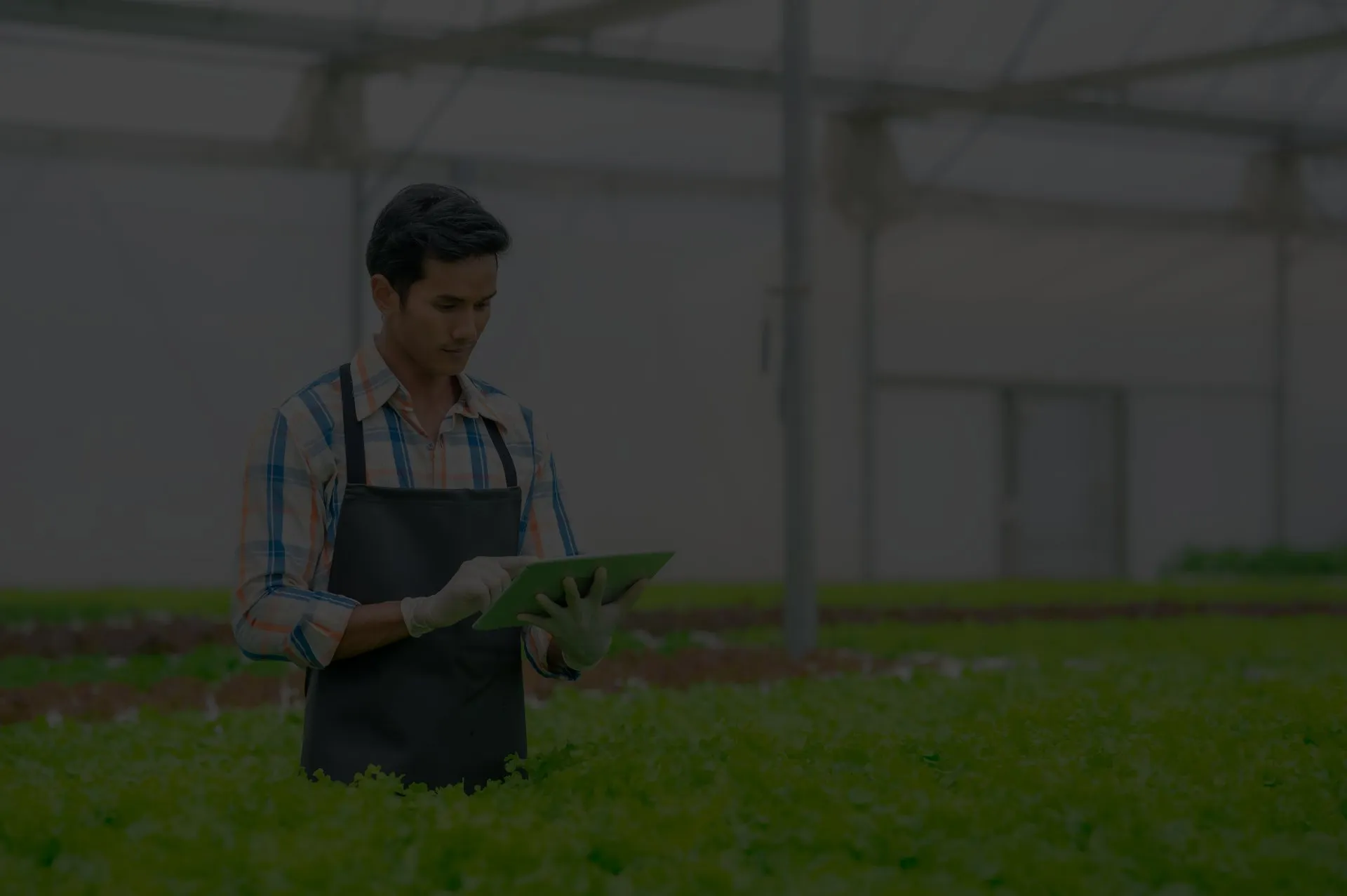
What Is the Role of Localization in Expanding Healthcare Platforms?
Helping people with different disabilities gain better access to the healthcare services they need has become a major aspect of creating a better society. And this is the goal our client pursued when they started their project that assists people with hearing impairments. The platform provides a solution for clinics, hospitals, and their departments, offering a full scope of services such as referrals, examinations, and the ability to access necessary equipment or medicines.
This article analyzes how the Agiliway team implements new features to help our client gain global recognition and what technical challenges occur down the development road.
What Was the Project Scope?
The main idea behind the solution is to make sure that people with hearing disabilities can easily navigate their healthcare journey. Users can take hearing tests, track their medical history, and connect with healthcare professionals. One of the most significant features is the ability to conduct online hearing tests, allowing patients to get professional consultations remotely. This is particularly valuable for those individuals who may not have easy access to in-person appointments.
The team’s main task was to expand and update the client’s localization system, which consists of languages, time zones, and currency functionalities. The update also included transitioning the existing translation to Crowdin. Additionally, the team was tasked with improving the infrastructure of the project, especially through DevOps processes, and addressing the complex and diverse technology stack.
The most challenging tasks our team has encountered so far included:
- Complexity of the Project. The platform uses various technologies such as Laravel, AngularJS, ReactJS, and Twig templating. The complexity of the build, including the need for server-side rendering (SSR) and static site generation (SSG), posed a significant challenge, especially with an outdated project structure.
- Transitioning to Crowdin. The translations for the platform were previously done manually and required much involvement from developers. The Agiliway engineers suggested automating that process by adding Crowdin to the project.
- Configuration Issues. Due to the age of the project, several components, including Docker configurations, were outdated or not functioning correctly, requiring extensive setup and debugging, often taking a lot of time to complete.
- Multi-Technology Integration. Working with different technologies across various modules requires a deep understanding of the system’s structure to implement solutions such as the translation module.
- Infrastructure Improvements. As the technology stack for this project varies, our team has had to work with DevOps in order to properly deploy the requested changes.
What Solutions Were Provided by the Development Team?
As the platform grows, the client recognizes the importance of localization in reaching a global audience. To meet the needs of different users across different regions, the client brought us in to improve the localization capabilities of the platform. Therefore, we have helped to make the platform more accessible and user-friendly for people around the world by adding several new features like supporting multiple languages, time zones, and currencies.
To solve the client’s existing challenges, our team came up with practical solutions that not only improved the platform’s localization but also made it more efficient. So, what technical solutions were implemented?
Firstly, the localization system was expanded with Crowdin, which allows for dynamic translation changes without a need to redeploy large chunks of the system. The new system also is more scalable with translation management across all client projects. This integration improved the platform’s adaptability for international use and made the process of adding new languages or updating existing translations easier and less time-consuming, potentially saving up to 50% of the time spent on administrative tasks, e.g., file management, manual translation updates, etc.
Next, Git Submodules were implemented to manage translations; hence all translations could be stored in a separate repository that synchronizes with Crowdin. This approach allows smooth translation updates and internal translation files are no longer needed.
The infrastructure was updated to handle the new translation process, with the team also contributing to DevOps tasks, therefore, the system could be deployed and maintained more efficiently.
And as to the latest updates, the team works on functionality that allows reporting document customization with client-branding and identity elements. This creates a more cohesive and professional experience for users, reinforcing the platform’s credibility and user trust
What Value Do We Deliver?
The long-term value of Agiliway partnering with the client lies in the broader strategic benefits our solutions have brought. Among the key ones is that the newly implemented translation system significantly improved the platform’s scalability, therefore opening more doors internationally for the client’s product.
The improvements in infrastructure and the DevOps process allow the platform to run more efficiently, reducing the time and cost spent on managing updates or changes. Additionally, customizable reporting helped reinforce the client’s brand identity, providing their users with a more personalized and professional experience.
These improvements are among the few made to create a more robust, flexible, and scalable healthcare platform. Ultimately, the better the platform is, the more appealing it is for the users and healthcare service providers. Since user satisfaction is key, more and more improvements are on their way.


